
Model #1

These are two preliminary models designed by me after researching Buddhists texts (suttas). I am open to any suggestions to edit these models. I may keep editing these models as I go along researching more Suttas. The model#1 shows how a mind works in an ordinary person. Yellow bubbles in Model#2 shows the points of application of TheFoundations of Mindfulness: (Satipatthana Sutta) and how it may work in a fully enlightened being. The green bubble shows The Three Basic Facts of Existence (The Three Characteristics (ti-lakkha.na), Impermanence (Anicca), Suffering or Unsatisfactoriness (dukkha) and Not-self or Insubstantiality (anattaa). This is the final common pathway of contemplation to insight (vipassana).
( Please see labels for more posts on these subjects)
Please Note:
Wise attention (Yoniso manasikara) is a critical point in the flow chart in the model.
Buddha has treated dependent origination many ways. In some suttas has started examining it from the middle. In my flow chart too I am not using the conventional 12 step formula. However I am treating the organism as is and start I from the 6 sense bases as they are ones that connect us to the external world. Please see other posts for detail examinations of dependent origination (se labels on dependent origination).


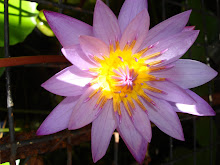












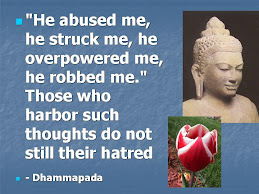

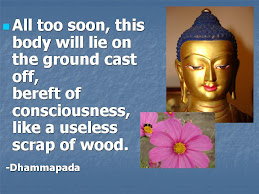
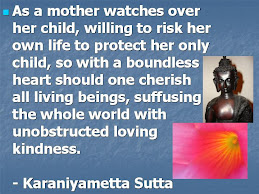
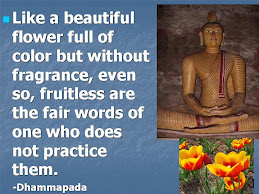
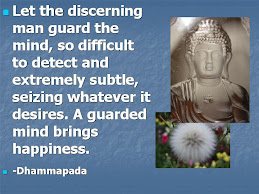

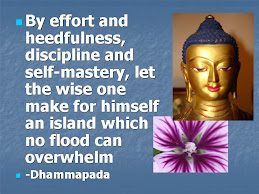

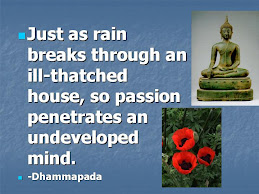

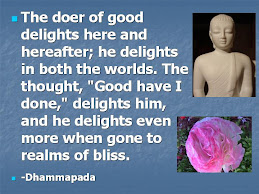
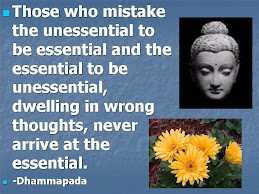
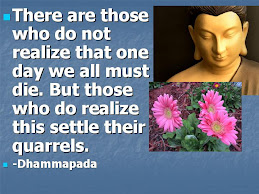
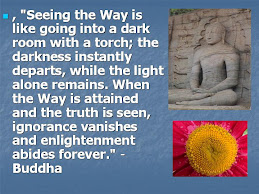

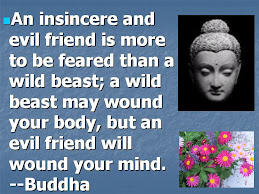
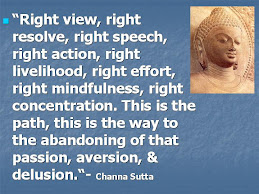

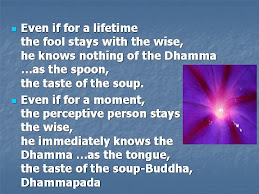



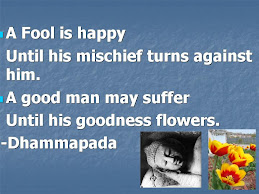
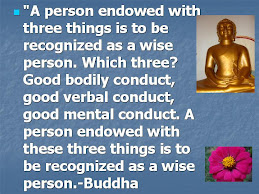

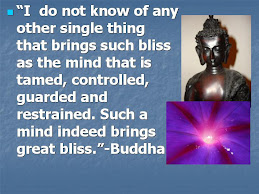
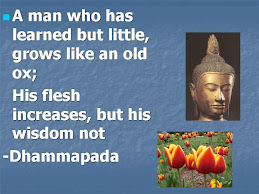
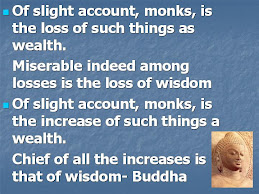
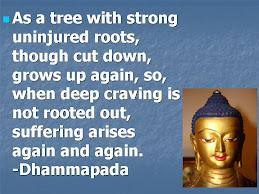
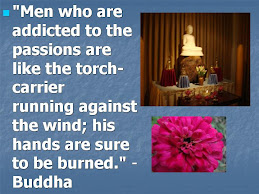


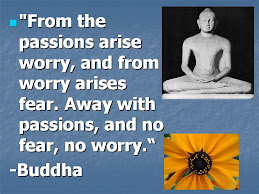
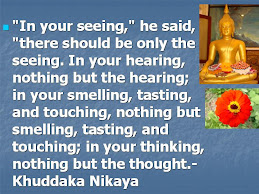




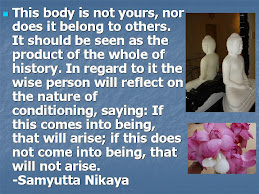
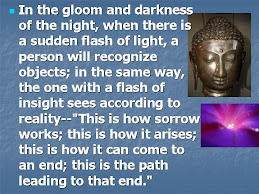
















8 comments:
Dear Dr. Piyal Walpola,
Thank you for sharing these two models of Paticca-samuppada for the benefits of Dhamma-farers. This is an excellent creation. I in fact know you have been reading various Suttas on this subject matter. These two models are in line with some key Suttas expounded by the Buddha. I would like to suggest you to read Mahanidana Sutta of the Digha Nikaya and some other suttas in the Nidana Samyutta of the Samyutta Nikaya. May you always be well and happy. Blessings !
Bhante Saranapala
Dear Bhante Saranapala
Thank you for the words of Muditha. I will definitely follow your advice. I think this could be a basic working model for us to use as an anchor to investigate many other workings of the Dhamma. I had this basic model as an ongoing investigation in my mind (together with knowledge of some suttas) for a long time. However I felt that one piece of the puzzle was missing. Madhupindika Sutta gave me the final push or the link to put this model together. This is how Vedana can lead to Sanna and that can lead to Cetana to cause a feed back loop to the mind (papañca) about the present past and the future.
Thank you for your comment and I appreciate it very much.
With Mettha and Muditha
Piyal
Dr. Walpola,
Thank you for this creative work. Your flow chart certainly shows a rational and scientific way of looking at how ignorance leads to rebirth. I appreciated and contemplated as I went through each step. So your effort clearly amounts to dhamma dana. I have a suggestion - take it for what it is worth:
I may well be wrong on this.
I believe your flow chart includes nama-rupa although it does not use the term. I also believe that Vinnana gives rise to nama-rupa and this is one step in the paticca samuppada. Looking at the flow chart, I do not see how it incorporates sankara, vinnana and nama-rupa in to the equation. Is there any way to make it clear? Or did you imply that these three links are included in one or more of the others?
Also, I guess “unwise attention” refers to ignorance or avijja. If so, shouldn’t there be another step that will incorporate sankara (or kamma or volition)? I guess my knowledge on this is somewhat vague and therefore, I may be missing something. I have listened to some dhamma talks by several learned monks on paticca samuppada. Sankara, vinnana and nama-rupa seem to be important links. (I must confess I cannot comprehend how vinnana gives rise to nama-rupa).
However unclear this comment may be, I hope this will provide some food for thought.
May you be well, happy and peaceful.
Nandana
Dear Piyal
I find your models very interesting and helpful.The flow chart format is very assessible, and helped me follow our sutta discussion this evening. I truly appreciate your insight and dedication. Thank you. I have looked at my experience and I continue to have difficulty seeing how preception moves directly back to feeling or alternatively Mental formations move directly back to feeling. It so far seems to me that the contact>feeling>perception>mental formation linear flow that then feeds back to the mind sense door more closely represents my experience. It is very likely I am presently one with "much dust in my eyes" Are there any examples or suttas that would exemplify your suggested mental formation<-> feeling<->preception model?
With Metta
Derek Clark
Dear Narada
Thank you for your words of Muditha. I really appreciate it.
A-1. Now first about the question about Nama-rupa (name-and form). You are correct. It is included in the original flow chart (although it is in it as a shadow). However it is briefly shown in the example of the flow chart under the post under Bija sutta.
The term Nama-rupa according to Bhikkhu Bhodi was a term used even before the time of the Buddha. You can to call it the entire “psycho-physical” organism if you like. However in Buddhist suttas I have read so far, it is separated from Vinnana (consciousness). Yes you are right again. In the convention 12 step paticca samuppada (dependent origination) it is vinnana that is linked to namarupa (and namarupa too is linked to vinnna). According this they are co-dependent and the metaphor given in the sutta is very beautiful. They are kept in balance like two bundles of fire wood. If you pull one, the other one invariably falls. Buddha has used paticca samuppada many ways. It is mostly contemplated from one end to the other end and then backwards and so on. In some suttas it is started from the middle for example and Passa (contact) and if I remember correct salayathana (6 sense bases) too. For the convenience of understanding some scholars divide it to past present and the future. However at a given time some of these can overlap and sometimes this to me sometimes is a bit confusing. For example nama-rupa was present in the past, is present now and may exist future (unless you are fully enlightened !). I think this 12 paticca samuppada is beyond time (as everything is beyond time and space). In my flow chart I am not using the conventional 12 step formula. However I am treating the organism as is and start from the 6 sense bases as they are ones that connects us to the external world (as you read this answer, here and now). Therefore you will not see the conventional pattern of sankara, vinnana and nama-rupa in the equation although it is working within the flow chart like a shadow.
A-2. Yes here you are right again. Unwise attention (ayoniso manasikara) refers to ignorance. Manasikara (mansi+akaraya) to my undestanding is the working of the mind. It is translated as attention for a lack of better word and sometimes to me it is a bit confusing. In the sutta it is said that Nama (of Namarupa) includes (see the flow chart in Bija sutta post) sanna, vedana, cetana (sankara-or kamma or volition as you said), passa, manasikara. So sankara is included in the nama.
Yes I agree. Sankara, vinnana and nama-rupa seem to be important links. However as I said before I am not using the conventional entire 12 step formula of here but use rather a novel approach create a model to further understand the working of the mind and how it may relate to paticca samuppada. The relationship to vinnaa and namarupa is given in the metaphor in the previous answer and included mention in the flow chat of the mind works model in Bija sutta post. According to my understanding of the Dhamma it is believed that nama-rupa is essential for the seeding, growth, and existence of vinnana in this life from the beginning to the and to the beginning again. To understand this further please read the Maha-nidana sutta.
Here is the link
http://www.accesstoinsight.org/tipitaka/dn/dn.15.0.than.html
I hope this answer helps somewhat.
With Mettha,
Piyal
To Bhante Saranapala, Narada and Derek
....and again this model is far from perfect. This is an preliminary model and all your comments are welcome to edit and make this to a better one.
To Derek
I will answer your question soon...
Its coming :)
With Mettha
Piyal
Thank you for your feedback. So far I haven’t come across any sutta so suggest that formation<-> feeling<->preception
Thanissaro Bhikkhu sates “Because the Buddhist analysis of causality is generally non-linear, with plenty of room for feedback loops, the maps vary in some of their details.”
Now keeping that statement as background information my hypothesis in the mind works model was:
mental formation<-> feeling<->preception
We need to test this. There may be examples either in the suttas or we may need to test this using mind as the lab or personal experience. Ehipassikao, opaniako.
My understanding is Mental formation, Feeling and Perceptions are three distinct entities. This is why Buddha gave us thee distinct methods of contemplation for them (cittanupassana, vedanaupassana and kayanupassana). In the mind that arises simultaneously as long as there is contact. However I feel they can influence each other to give us the necessary attention to cognize the sense object fully. In Pali it is called Manasikara=Manasi (mind)+ Arkaraya (method). Consciousness is present in all three of as explained in Bija sutta, and that why we can cognize them. It is also important to know these path ways happen at an incredible speed and in multiple times from the same object as long as there is desire (carving) to keep the object of interest within your attention.
Lets examine if mental mental formation (thought/cetana)<-> feeling<->preception is possible through an illustration.
See you thought (mental formations) you saw a beautiful girl in the dark for the first time at a party. Now contact is already present. A pleasant feeling arises in you and the there is a perception in you that she is going to be very, very pretty. This is a shift to the right. The dancing is over and the lights come on. You now perceive the girl as not so beautiful as you thought. Perception changed. This now can influence your feeling and you get an unpleasant feeling. You may also get unpleasant thoughts influenced by feeling. This is a shift to the left. I think both right and left shifts can occur multiple times as long as you keep the attention on the object. I also think as consciousness is present in every step and your past memories may influence the direction of the shift as you keep cognizing the object. The real process may be even more complex than this.
Derek... now we need to go lots of parties to test this!
:-)
So I agree with Thanissaro Bhikkhu whan he said that “...Because the Buddhist analysis of causality is generally non-linear, with plenty of room for feedback loops, the maps vary ...”
I hope this makes some sense.
With Mettha
Piyal
Dear Derek
After writing the above postulated mechanism I reflected on it again. There could be still another possible in the above party simile that when the lights go off. Another round of feeling can go through contact and cause unpleasant feeling rather than change in the perception influencing this. This as you suggested is more in line with the sutta I have read so far. Therefore taking your invaluable wisdom on this I am going to modify the model. I think this makes more sense for me for now. Once again thank you for your great insight.
With Muditha
Piyal
Post a Comment